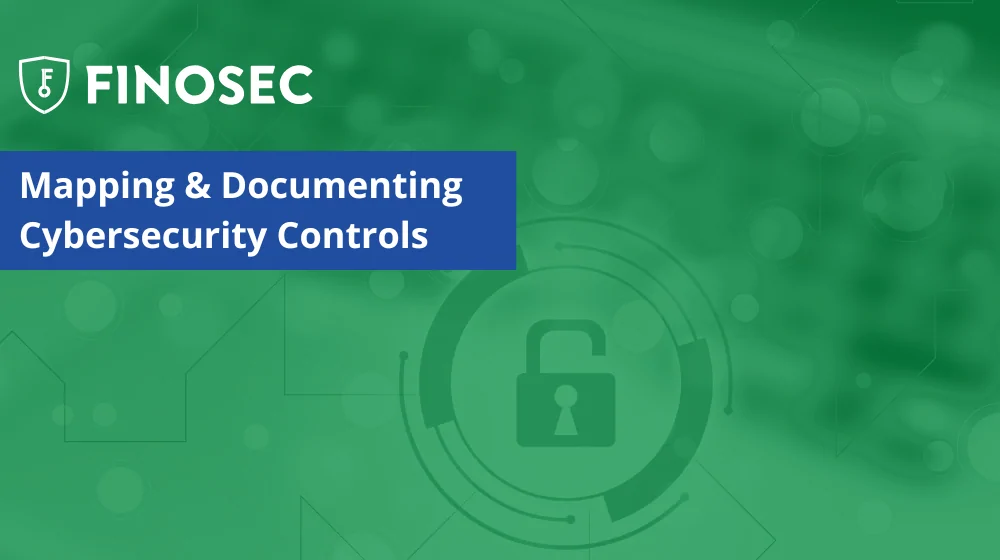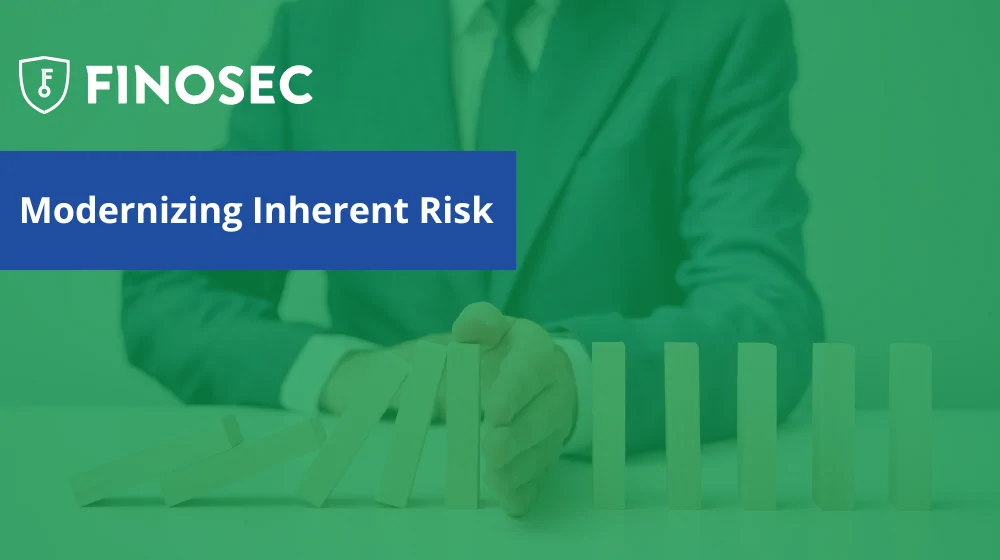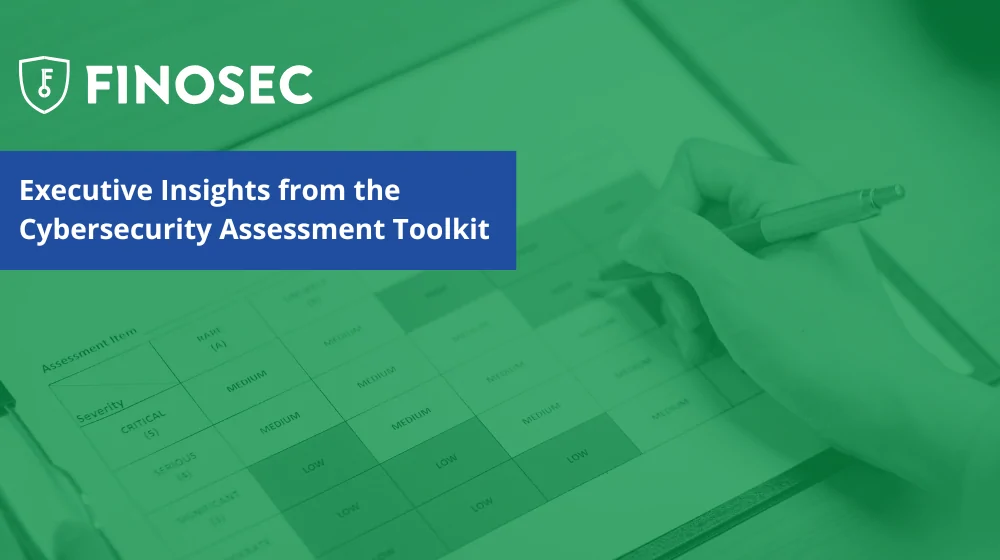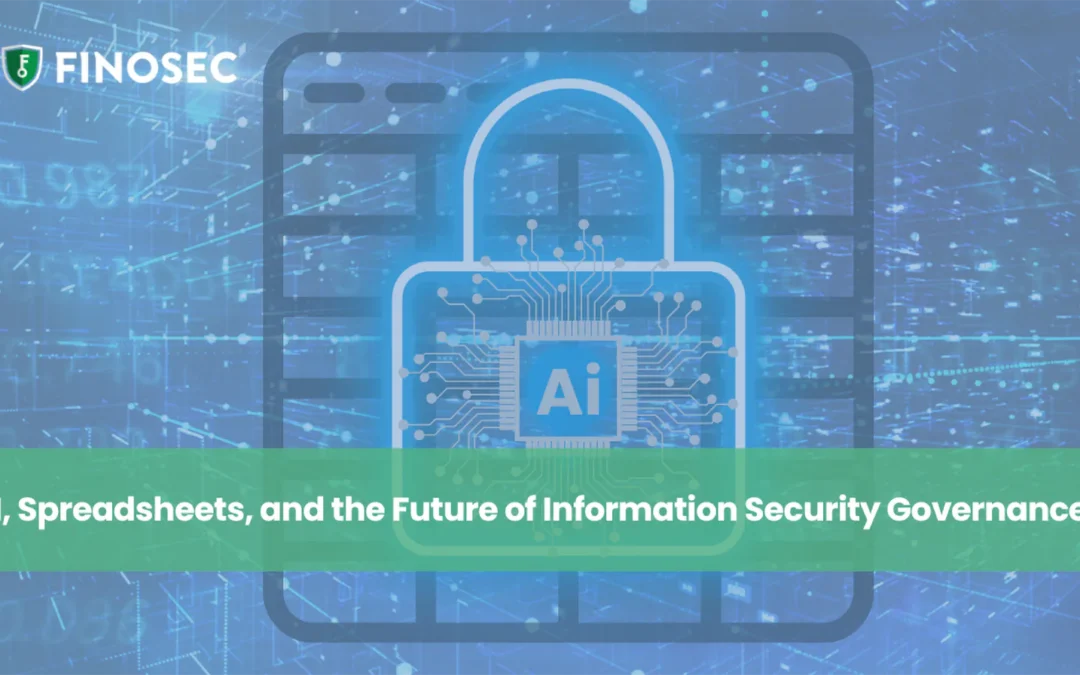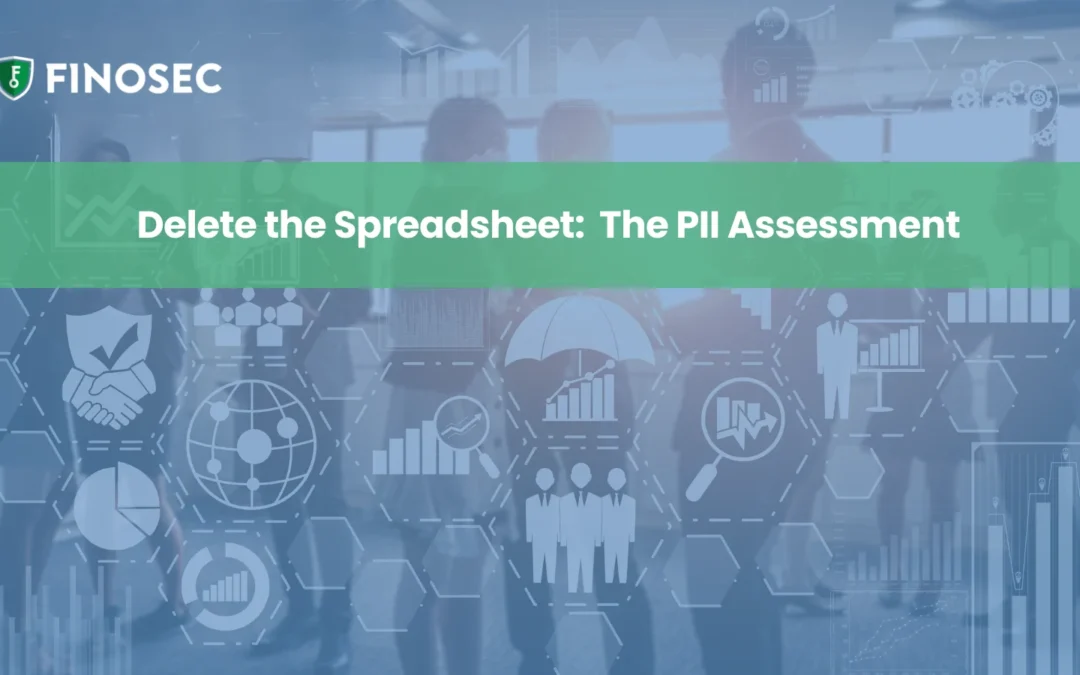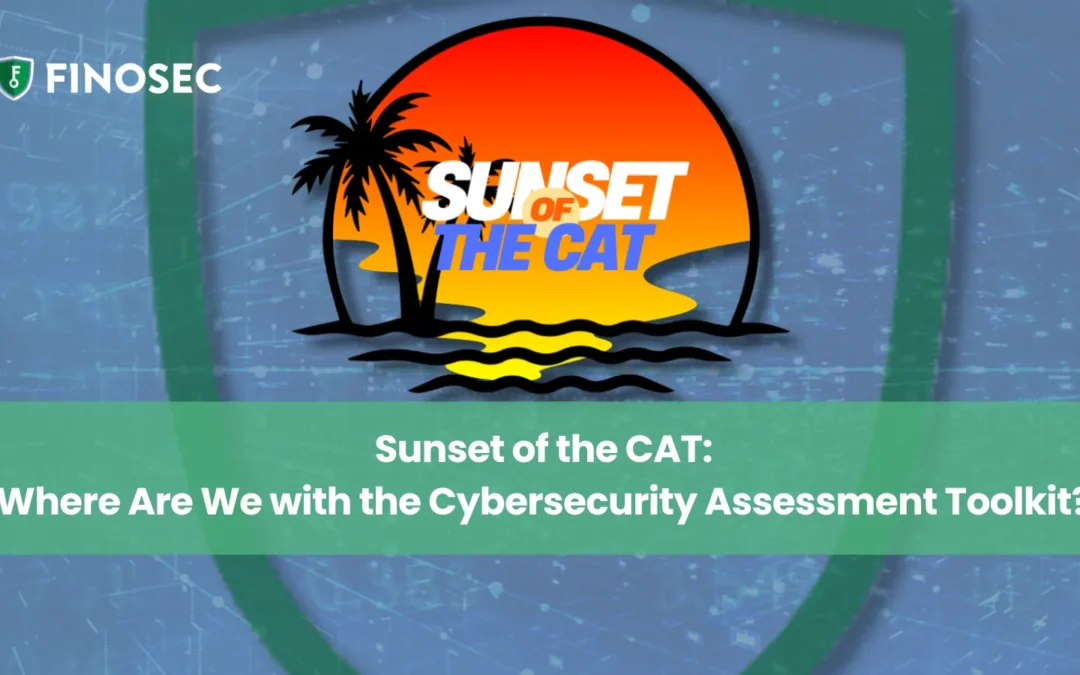The Risks of Spreadsheets in Cybersecurity and Why It’s Time to Move On
As regulators phase out legacy tools like the Cybersecurity Assessment Toolkit (CAT), it’s the perfect opportunity for institutions to rethink their approaches to governance and risk management. This shift highlights a vital concern: the inherent risks of spreadsheets in managing cybersecurity and information security controls. Let’s delve into the challenges and explore innovative strategies to strengthen your institution’s risk management framework, specifically when it comes to finding a replacement tool for the CAT.
Why Are Regulators Sunsetting CAT?
For years, CAT served as a foundational tool for cybersecurity assessments. However, regulators haven’t updated it in quite some time, rendering many of its associated controls stale. Institutions now face a choice: continue using outdated processes or seize the opportunity to embrace modern standards like the CIS Controls, NIST standards, and CRI profiles. These frameworks provide a robust foundation, but without dictating a singular approach, they empower institutions to tailor solutions to their unique needs. The challenge with many of the existing frameworks however, is that they can be complex and labor intensive to implement. Which leaves community banks asking the question “what’s next?”.
Key Challenges Ahead
Between now and August, many organizations must decide their path forward. For those whose CAT renewal is imminent, it’s time to assess whether to:
- Stick with legacy processes.
- Update existing frameworks.
- Transition to innovative, streamlined solutions.
One significant hurdle is reliance on spreadsheets for cybersecurity controls and assessments. Spreadsheets often serve as the backbone of information security processes, from tracking controls to documenting risk assessments. But this approach introduces several risks:
- Data Silos: Spreadsheets frequently exist in isolation, creating a disjointed system where cybersecurity assessments and risk controls are not seamlessly linked.
- Manual Errors: Reliance on human input increases the likelihood of errors, leading to inconsistencies and potential compliance issues.
- Labor-Intensive Processes: Maintaining and updating spreadsheets requires significant manual effort, diverting valuable resources from more strategic initiatives.
- Regulatory Risk: Discrepancies between systems or controls documented in spreadsheets can lead to exam findings and penalties.
Why “Delete the Spreadsheet”?
Modernizing your cybersecurity framework starts with addressing the inefficiencies of spreadsheets. Here’s why it’s essential:
- Enhanced Integration: Tools like Finosec’s platform enable seamless integration of risk assessments and controls, eliminating silos and ensuring consistency.
- Streamlined Processes: Automated workflows reduce the burden of manual updates, freeing your team to focus on higher-value tasks.
- Improved Governance: Linking cybersecurity controls to risk levels encourages board involvement, fostering a culture of accountability and informed decision-making.
- Regulatory Compliance: A centralized, automated system minimizes the risk of discrepancies, aligning your institution with evolving regulatory standards.
The Role of Inherent Risk Assessments
One of CAT’s strengths was its focus on inherent risk assessments. These early questions set the stage for documenting controls based on an institution’s risk profile, from baseline to advanced levels. Leveraging this concept in modern tools ensures a tailored approach to risk management, helping institutions prioritize controls aligned with their specific needs.
Preparing for the Future
As institutions transition away from CAT, it’s crucial to:
- Evaluate Current Processes: Assess whether your current cybersecurity and information security controls are integrated and effective.
- Engage the Board: Encourage board members to define acceptable risk levels, shaping the maturity of your institution’s controls.
- Adopt Advanced Tools: Invest in platforms that automate and integrate cybersecurity assessments and risk management processes.
Join the Conversation
To support this transition, we invite you to participate in our upcoming webinar. We’ll discuss:
- The roadmap for integrating cybersecurity assessment tools into the Finosec platform.
- Strategies for eliminating spreadsheets and linking data across systems.
- Best practices for modernizing risk management frameworks.
The phase-out of legacy tools like CAT is more than a regulatory update; it’s an opportunity to innovate and strengthen your institution’s risk management practices. By moving away from spreadsheets and embracing integrated solutions, you’ll position your organization for long-term success.
What are your thoughts on migrating from the Cybersecurity Assessment Toolkit? Share your experiences and join the conversation on LinkedIn. Together, we can pave the way for more efficient and secure processes.

